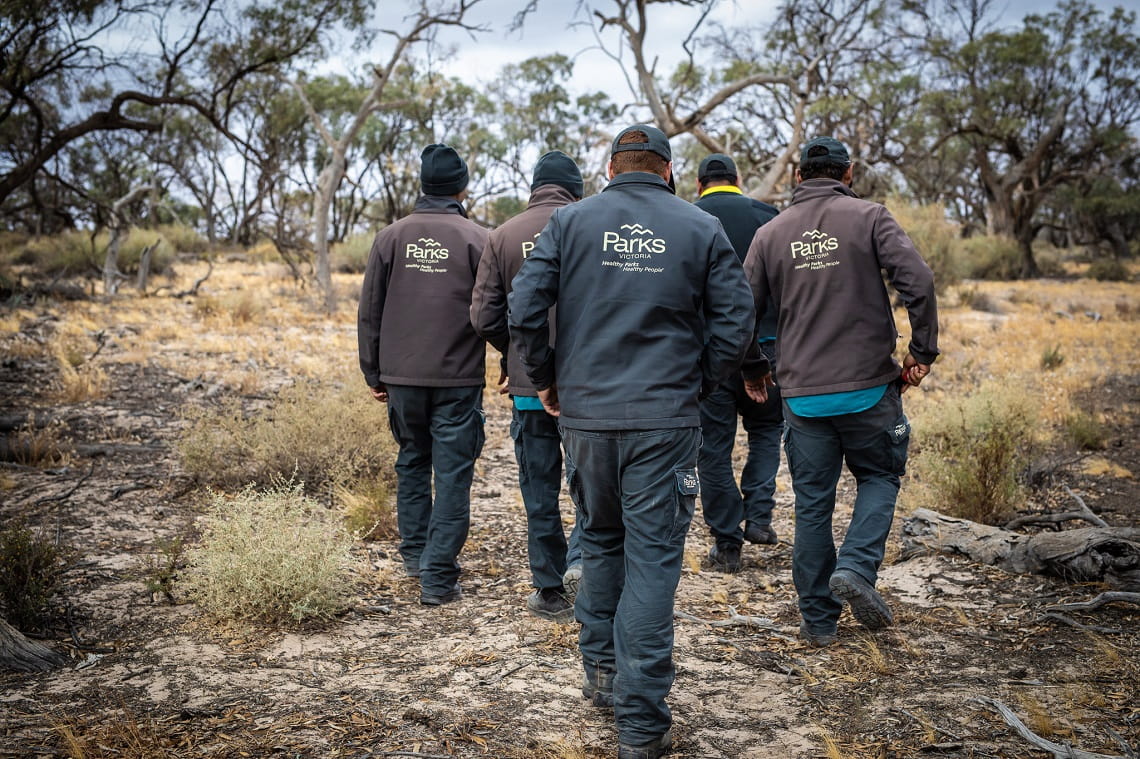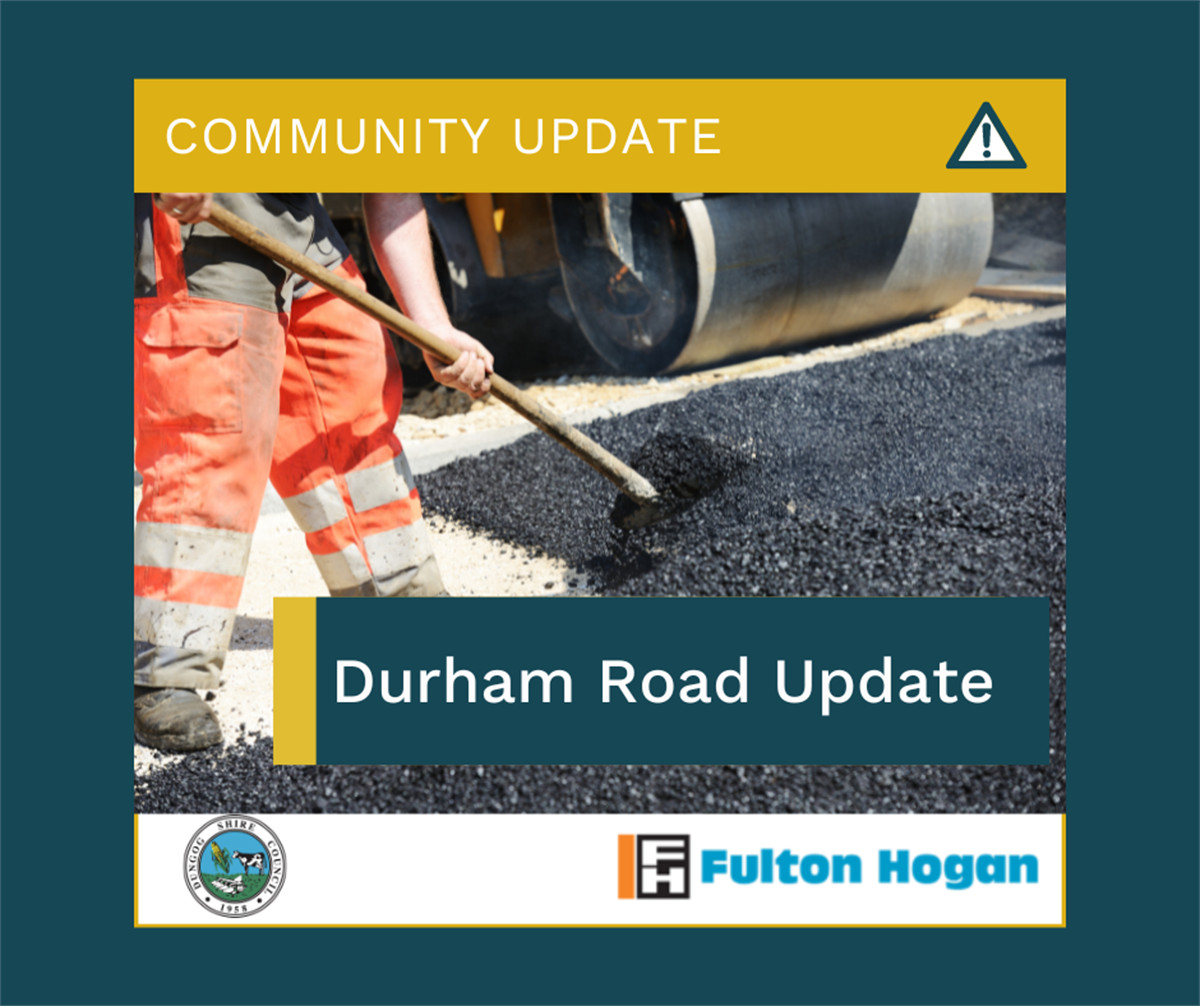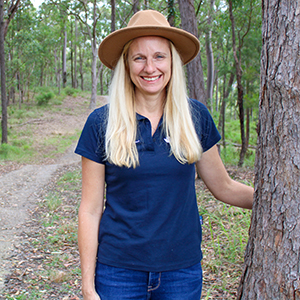There are 513 COVID-19 cases in hospital in Victoria – with 21 active cases in ICU, including 4 on a ventilator, and an additional 7 cleared cases in ICU.
6,280,798 vaccine doses have been administered by Victoria’s state-commissioned services.
68.4 per cent of Victorians aged 16 and over have had 3 doses of a COVID-19 vaccine. 94.6 per cent of Victorians aged 12 and over have had 2 doses.
7,317 new cases of COVID-19 were recorded yesterday. This includes 5,698 who tested positive on a Rapid Antigen Test and 1,619 who returned a positive result on a PCR test.
Sadly, the Department was notified of 24 deaths yesterday of people aged in their 50s, 60s, 70s, 80s, and 90s. This brings the total number of deaths in Victoria since the pandemic began to 3,993.
There are 48,481 active cases in Victoria.
8,217 PCR tests were processed yesterday. The total number of PCR tests performed in Victoria since the pandemic began is 21,461,894.
Updates
Omicron BA.4/BA.5 detections continue to increase
The prevalence of Omicron strains BA.4/BA.5 in Victorian metropolitan and regional wastewater catchments continues to rise significantly, which is indicating increasing transmission of these sub-lineages in the community.
The BA.4/BA.5 sub-lineages were first identified in catchments in April and have since risen from under 5 per cent in late May to an average of 43.5 per cent across all Victorian wastewater catchments by 27 June.
BA.4/BA.5 has now become the dominant strain in wastewater detections in major population centres including Greater Geelong and Melbourne.
The Omicron BA.4/BA.5 strains are expected to overtake the BA.2 strain to become dominant in Victoria.
This is in line with similar patterns globally and in NSW and Queensland where both states have seen a significant rise in the number of people hospitalised with COVID-19 in recent weeks.
The Department of Health anticipates the prevalence of BA.4/BA.5 in Victoria is likely to result in an increase in cases – including reinfections – and hospital admissions and deaths. This is because the strain has a greater ability than BA.2 to evade immunity provided by vaccination and earlier COVID-19 infection.
There is no evidence at this stage that the BA.4/BA.5 sub-lineages causes more severe disease, but the Department is closely monitoring the situation.
The Department strongly encourages Victorians to remain up to date with their vaccines, in particular people eligible for third and fourth doses, and to stay home if unwell and test for COVID-19.
Masks are strongly recommended in shared indoor settings, if you can’t physically distance or you are with those more vulnerable to COVID-19. Improve ventilation by opening doors and windows, using fans or purifiers, and gathering outside where possible.
Face masks are still required for everyone aged 8 and above in some locations, including on public transport, rideshares and taxis, and in sensitive settings such as hospitals and care facilities. They are also required by household contacts in quarantine who meet the criteria for leaving home.
If you test positive on a rapid antigen test, report your result to ensure you have access to the right level of care if you need it. Report your positive RAT
COVID-19 medicines are available for eligible Victorians at increased risk of severe illness if they are infected with COVID-19. If you are eligible for early treatment and you develop symptoms, get tested as soon as you can and consult your GP or GP respiratory clinic so you can get access to medicines, which are available on the Pharmaceutical Benefits Scheme.
These antiviral medications reduce the severity of COVID-19 symptoms, make the need for hospitalisation less likely, and reduce the risk of loss of life from COVID-19. See more information at COVID-19 Medicines
Data resources available online
Comprehensive Victorian COVID-19 data, including graphs showing case numbers, location and age group remains available online.
- Report your positive Rapid Antigen Test or find out more about Rapid Antigen Tests








